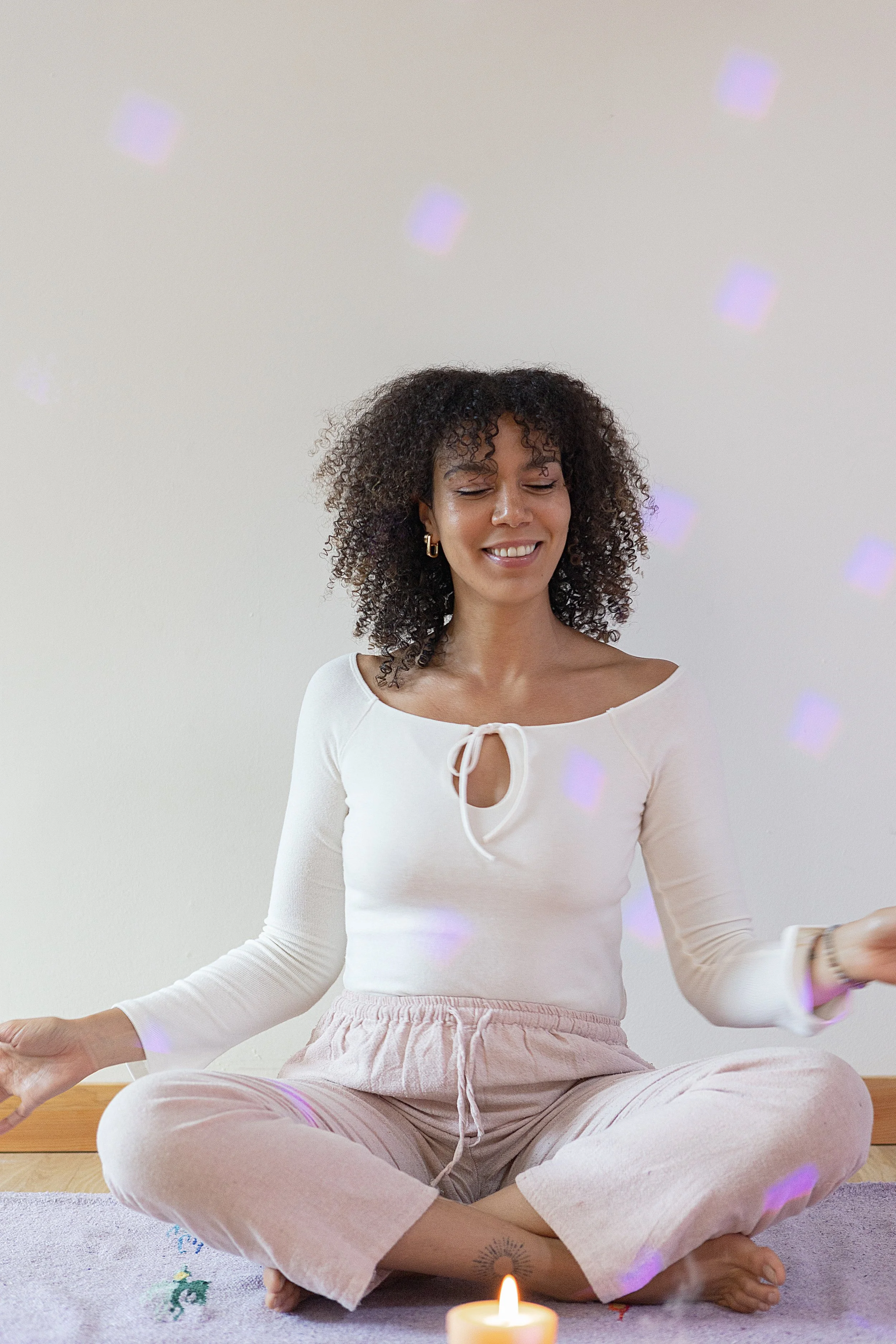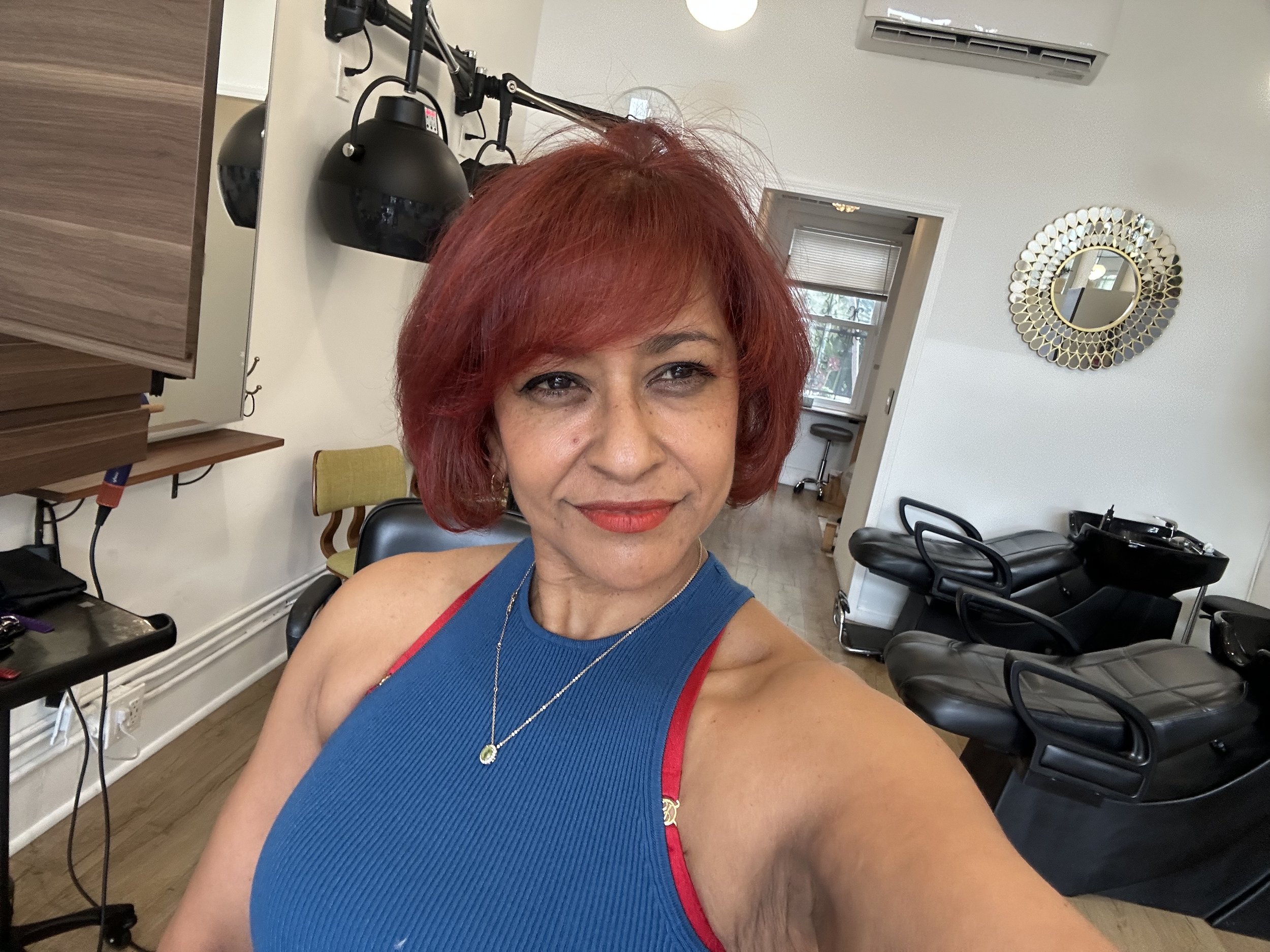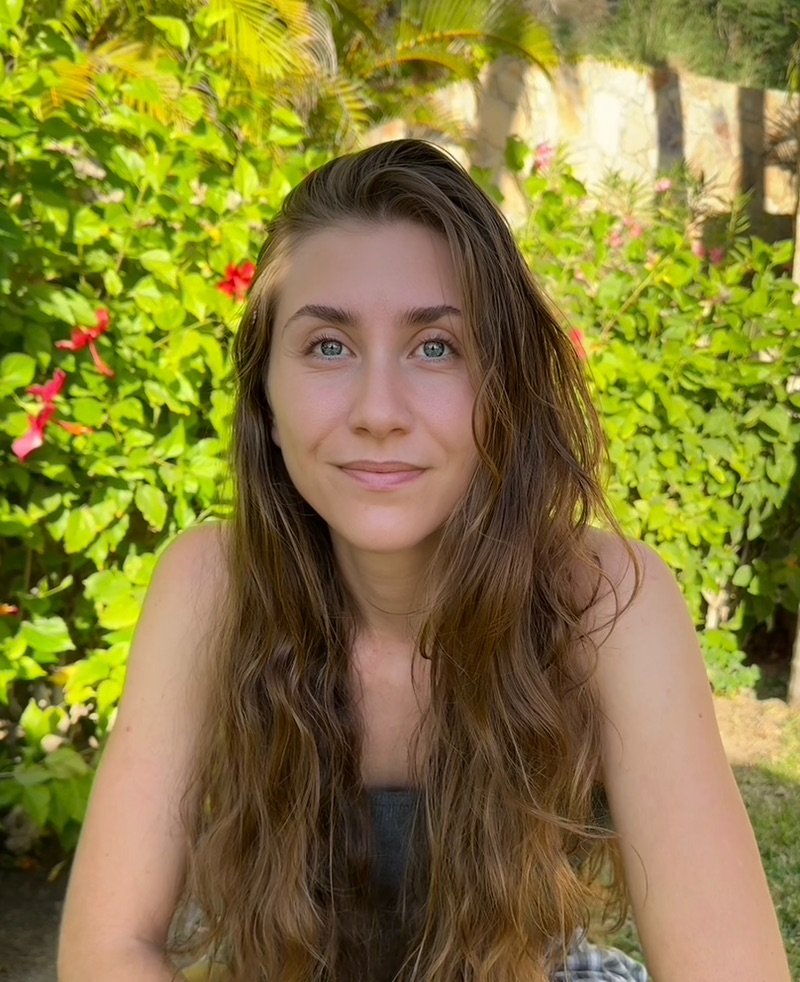
YOGA BLOG
What Moves Us…..
THE ABSOLUTE NECESSITY OF DOING NOTHING BY JUDITH HANSON LASATER
We are just too busy, too occupied, too distracted, too over-scheduled. We try so many strategies: new calendars, to-do lists, New Year’s resolutions, and endless promises to ourselves to do less. But we don’t. So do these three things instead.
1. First, commit to practicing a 20 minute-long relaxation once a day. Lie down, set a timer, cover your eyes and totally disconnect from the world.
This simple practice has proven benefits, chief among them reducing all the effects of stress in the body. This includes lowering blood pressure, improving immune function, positively effecting fertility, and reducing and sometimes even alleviating tension headaches.
Letting go deeply for 20 minutes, especially in the afternoon when sleepiness and dullness overtakes the mind, is surprisingly rejuvenating and can improve mood and creativity. Many workplaces are now incorporating “nap spaces” as they find it really improves productivity.
Additionally, regular practitioners of a relaxation practice (Savasana) report a generalized feeling of less reactivity to stressful situations at work and at home, and a gradually increasing “background” calmness in general in their lives
2. Secondly, do not look at your phone during meals. Put it in another room and turn it off. Leave you phone in the car when you go to yoga class, to visit a friend, to go food shopping. Find times when you can be “off the electronic leash”. Build up to having a whole day of rest without looking at your phone.
3. Finally, look through your calendar every Sunday and see what you can take off for the following week.
How much of the “things we have to do” are really just not that important? Can we give ourselves the gift of spaciousness by not scheduling so many things a day? Most of what we “have to do” can be done at a slower pace without pushing ourselves. Very few things are truly urgent. These three simple commitments will help you start finding more space and silence and ease in your life. You will have more time to create and reflect and this will be healing and energizing at the same time.
The greatest luxury in an over-scheduled life is simply unfilled time. Learn to do nothing. Lie on your couch and look out the window. No music, no cell phone, no talking, nothing. We all crave more space and the cooling balm of uncluttered time. Invite emptiness into your life whenever and wherever you can. Soak in the silence and stillness to be found somewhere in your day. This practice is anything but a waste of time. It feeds the soul and nourishes our life.
Written by Judith Hanson Lasater, Ph.D., PT
Judith Hanson Lasater, Ph.D., Physical Therapist, has been teaching yoga since 1971. She trains students and teachers throughout the United States as well as abroad, is one of the founders of Yoga Journal magazine, and is president of the California Yoga Teachers Association. She has written nine books.
judithyoga@mac.com
Twitter: judithyoga
EXCERPT FROM PELVIC LIBERATION BY LESLIE HOWARD
Mula Bandha
In the yoga world, there is a parallel to Kegels, and this concept is often conveyed in an equally murky way. It’s called mula bandha.
The history of mula bandha is a checkered one. Sri K. Patthabi Jois, an Indian yogi credited with introducing ashtanga vinyasa yoga to the western world, claimed that he possessed an ancient, sacred document called the Yoga Korunta. This document allegedly contained the entire series of asanas (postures) and bandhas (locks) of ashtanga vinyasa yoga, including a full description of the mechanics and purpose of mula bandha. When pressed to produce the text, Jois, claimed the only existing copy had been eaten by ants. He passed away in 2009.
Fortunately, other yoga texts mention mula bandha and have not fallen prey to voracious insects. In chapter three, verse 61 of the Hatha Yoga Pradikipa, a 15th century yoga text instructs the student to “press the heel against the perineum and contract it firmly.” But there are no details about the specific muscles that are to be engaged in this description. It’s the same with other texts that mention mula bandha. In short, there is no Mula Bandha for Dummies.
Misconceptions
If you’ve been to a yoga class, particularly one in the ashtanga vinyasa style, you have probably heard the instruction to lift or engage mulabandha. That instruction might be followed by a mention of the perineum or the descriptive instruction to “lift the space between the genitals and the anus.” But sometimes the instructions are imprecise and don’t explain how to perform this action effectively. As a result, some students may translate mula bandha to simply mean “squeeze your ass.”
This is unfortunate and hardly conducive to “awakening the goddess” in us. Even worse, it can render mulabandha a source of physical and emotional harm. It’s like clenching your jaw; if you habitually grind your teeth at night, your dentist wouldn’t tell you to engage your jaw muscles more. Instead, she’d likely suggest wearing an apparatus to relax the jaw and to soften that general area. If you already hold tension in the pelvic region, then creating more tension through Kegeling or mula bandha is inappropriate, and possibly cause pain. It comes as no surprise to me that I encounter a lot of yoginis with hypertonic pelvic floor muscles.
One general misconception that drives Kegeling and mula bandha is that becoming loose “down there” is inevitable, either post-birthing or because of time and age. Subsequently, we are told that we need to do something to combat this laxity. But as we learned earlier, a pelvis that holds too much tension can be as much of a problem as one that is too loose. Recognizing these misconceptions, and the potential harm they can cause, requires an understanding of body mechanics and energetics. From there, we can develop a yoga asana practice that accommodates and adapts to our diverse bodies.
Written by Leslie Howard
Leslie Howard is an Oakland-based yoga teacher, specializing in all things pelvic. She leads workshops and trainings nationally and is writing a book about the female pelvis. Her own struggles with healing her hips and pelvis led her to intense study of the anatomy, physiology, cultural messaging, history and energetics of this rich place. Her teaching is informed by over 3000 hours of yoga study with senior Iyengar yoga teachers, notably Manouso Manos and Patricia Walden. She considers Ramanand Patel her most important influence and mentor. She is a regular presenter for Yoga Journal conferences and has online education offered at yogauonlline.com. She designed two successful studies for University of California, SF on yoga for incontinence with Judith Lasater and another study on her own for Yoga for Pelvic Pain.
To learn more about Leslie, visit: www.lesliehowardyoga.com
Our Blog
Check out the latest Articles:






















